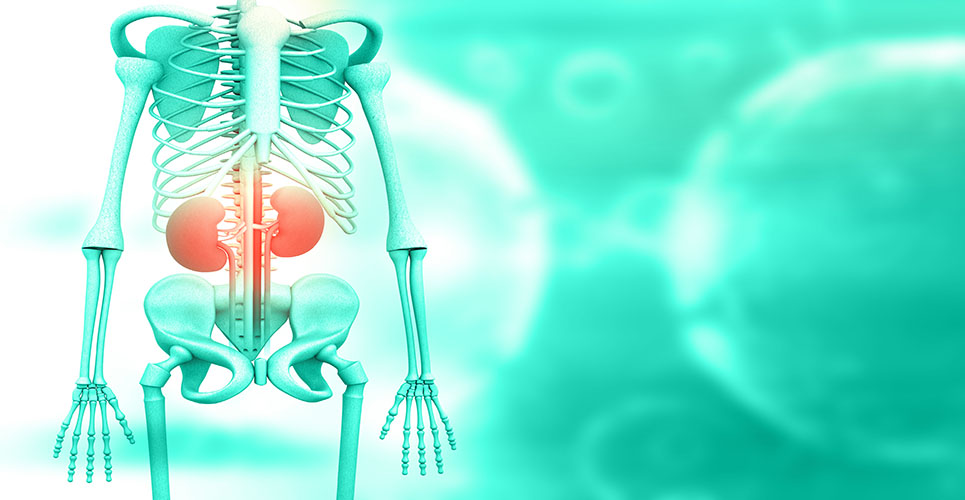teaser
Tacrolimus prolonged release (QD; advagraf™) therapy is non-inferior to the same initial daily dose of tacrolimus immediate release (BID; prograf™) therapy (0.2mg/kg/day) for efficacy in renal transplantation, according to research presented at the 2011 European Society for Organ Transplantation (ESOT) Congress in Glasgow, Scotland, last week.
The OSAKA study investigated how to optimise exposure to tacrolimus QD in comparison with the current clinical standard, tacrolimus BID.
The study was conducted in 110 centres across 22 countries, and included more than 1,200 patients. It evaluated patients and donors in a largely European transplant population, with recognised declining organ quality and an ageing patient population.
Approximately two-thirds of patients in the study were male and mean age was around 50 years. The mean age of organ donors in the study was 51.5 years and approximately 50% were defined as extended criteria donors.
At six months, efficacy comparison revealed no significant difference between treatment arms in the primary composite endpoint of efficacy failure.
Graft dysfunction (measured at the study end) was the primary cause of efficacy failure in all treatment arms. The level of estimated glomerular filtration rate (eGFR) set for graft dysfunction (<40mL/min/1.73m2) and the high number of extended criteria donors are likely to account for the high incidence of graft dysfunction as a reason for efficacy failure.
Efficacy failure increased markedly with donor age. The impact of donor age, HLA matching and living donation outweighed any effect of starting dose, regimen or tacrolimus formulation on outcomes.
Rates of biopsy-confirmed acute rejection (BCAR) were low, and there was no significant difference between treatment arms in the incidence of and time to first incidence of BCAR. The severity grade of BCAR was comparable across treatment arms.
Renal function was similar on tacrolimus prolonged release- and immediate release-based therapies. The study also showed that a higher starting dose of tacrolimus QD (0.3mg/kg/day) was not associated with any additional clinical benefit.
Steroid-free therapy was associated with less reported diabetes mellitus and improved lipid profiles compared with the other treatment arms, but poorer renal function, which may have been due to donor-related factors. There were no significant differences in adverse events between arms.
“The OSAKA study findings add to the evidence on the use of tacrolimus QD after kidney transplantation, and help to provide a complete picture of the relative efficacy of the QD and BID formulations in an open-label setting,” said Dr Bernhard Banas from the University Medical Centre in Regensburg, Germany.
“The results support the use of tacrolimus QD as the basis of immunosuppressive therapy across a wide range of donor and recipient characteristics.’
European Society for Organ Transplantation Congress

